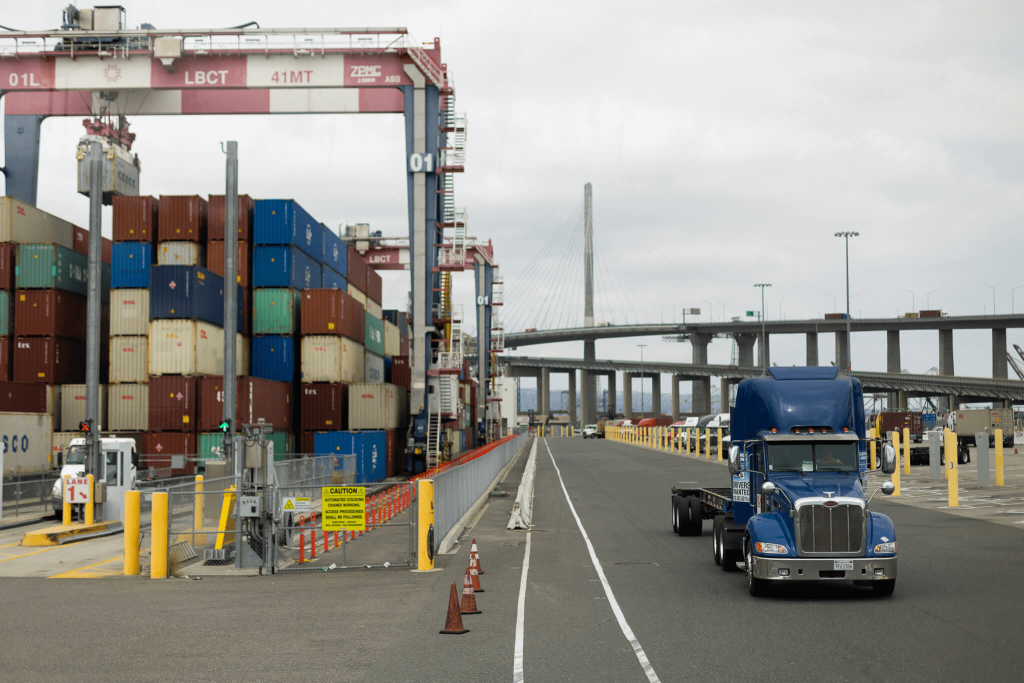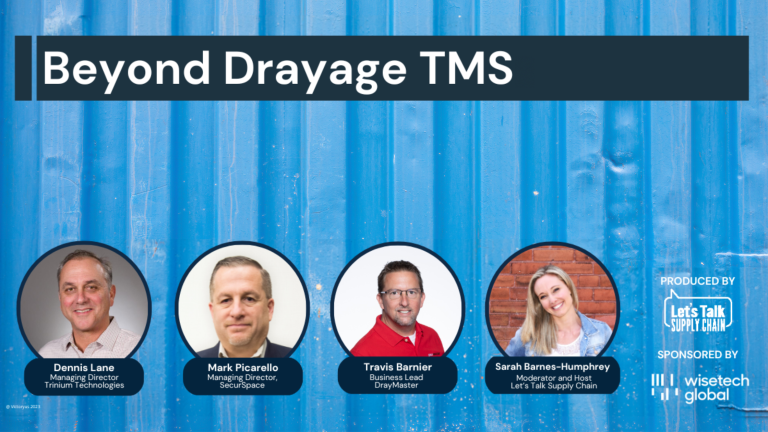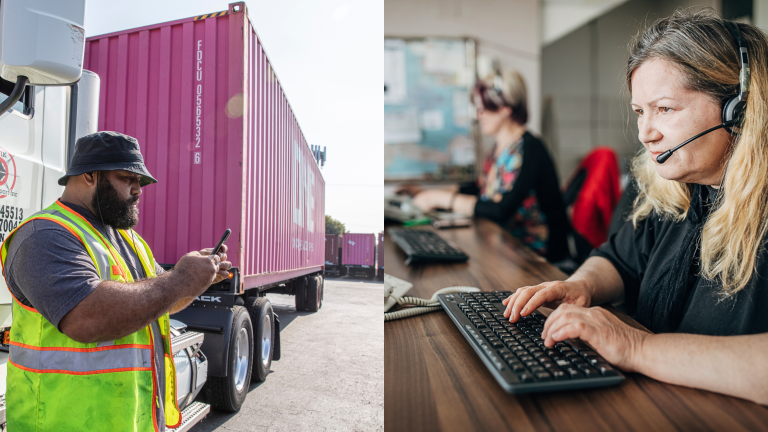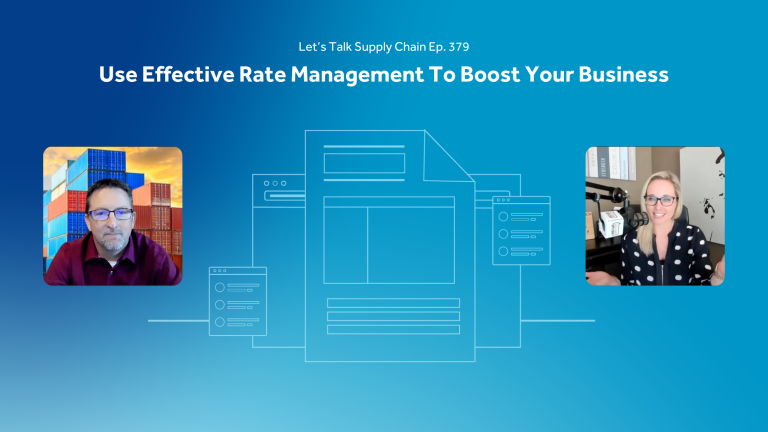The road to hell is paved with good intentions. This adage seems to sum up the quandary that key port stakeholders, namely the Marine Terminal Operators (MTOs) and truckers, are facing in regard to mandated terminal appointments.
Nearly 10 years ago the Ports of LA and Long Beach began requiring truckers make time/date-specific appointments prior arriving a terminal to help mitigate congestion and more evenly distribute arriving trucks throughout the day and night. This change resulted in loads more clerical work for the folks running trucking companies who now had to make sure they had trucks and drivers needed to show up for those scheduled time slots. To help ease the transition, terminals agreed to provide longer ‘grace periods’ to cover late arriving trucks. MTOs also agreed to ‘slowly’ implement no-show penalties for those that missed or cancelled those coveted appointment slots.
Consider for context how our airline industry would function if there were no penalty for booking a coveted aisle seat… for free… and simply not showing up for your flight. Unfortunately, this is exactly what’s happening today—a few bad apples are spoiling the bunch and forcing MTOs to begin implementing penalties for missed or late appointment cancelations given the massive impact it is having on port congestion.
Within the industry, a few movements have arisen to solve the problem… namely charging for missed appointments or charging for access to premium appointment slots and service level guarantees. One of the first to implement such a policy has been APM Terminals, which is aiming to charge $65 for failing to show up for an appointment, $25 for canceling an appointment two-to-eight hours prior, $25 for making a same-day appointment and $100 for gate moves without an appointment.
But APM’s decision has generated considerable resistance, a dynamic that’s likely to play out industrywide.
The industry needs a better solution. And we have some ideas.
With 35 percent of U.S. port drays making use of Envase’s TMS platforms, we see a real opportunity to reduce the complexity and any costs of appointment no-shows. It starts with leveraging key information Envase has on the pickup and dropoff locations contained in the dray order…when we see a location (either a terminal or an inland facility) that requires or accepts an appointment, we can automatically and continually inform both systems of exactly who is coming and when. With strategic deployment of a little process automation, this helps the MTOs reduce no-shows and the motor carriers who are trying to manage the daunting challenges of manually making, then changing appointments to suit the shippers ever-changing delivery needs.
The key is connection—API connections—between all stakeholders. Envase’s API’s connect to many major MTOs to help share real time information on container availability while also enabling dispatchers to automatically make and change appointments as soon as cargo becomes available. Most importantly, once those same dispatchers finally assign a driver to a dray move, we can automatically update the responsible MTO with that information (the payload!) and drastically improve the processing and automation in place via the existing Automated Gate Systems (AGS) used by most of the terminals.
At the same time, by automating much of the process for motor carriers, this helps drivers and their dispatchers be more precise in finding the right terminal at the right time.
Additionally, Envase can help MTOs monetize some of what they’re now doing at the terminals. Certain terminal operators are offering premium services that shippers demand, such as a guarantee to have a container ready within a certain time frame, or automatic (and expedited) mounting of boxes on chassis for pick up after vessel discharge. With these bi-directional APIs, the process can easily be digitized to build such charges into service-level agreements while eliminating the need for appointments altogether. That’s a winning combination for both the MTOs and the carriers, but it’s not possible without these digital connections.




